Mold stains on fabric furniture not only detract from the aesthetics but also pose health risks, necessitating prompt and effective removal strategies.
While the initial approach utilizing a 3% hydrogen peroxide solution offers a baseline method, the intricacies of mold types and the material variability of furniture fabrics demand a more nuanced understanding.
As we explore preparation, safety measures, and both natural and advanced cleaning techniques, it becomes evident that a tailored approach can significantly enhance the effectiveness of mold removal.
Further discussion will reveal insights into when it might be prudent to escalate the situation to professional remediation services, especially in cases of extensive contamination or on delicate fabrics.
Identifying Mold Types
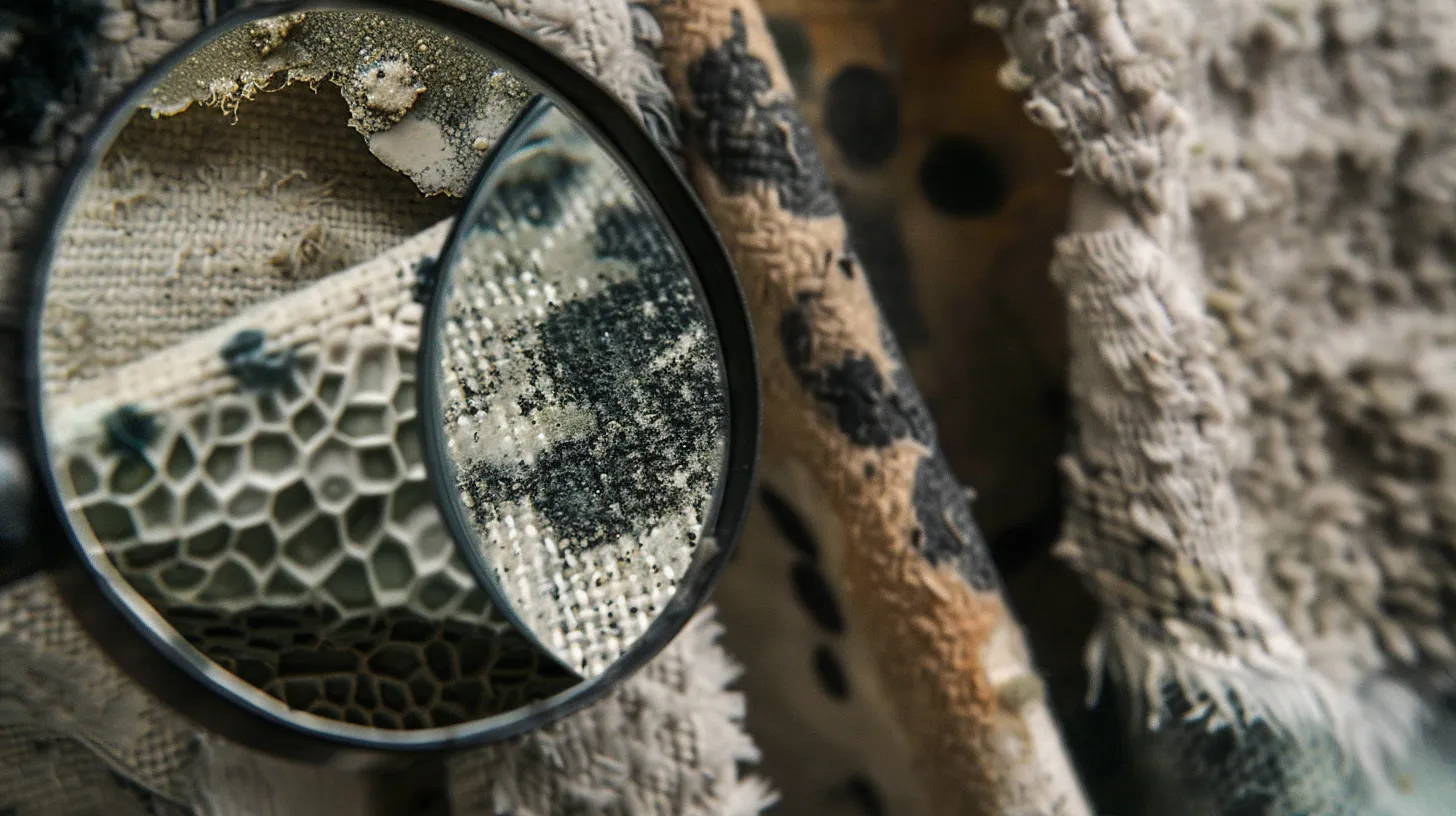
Identifying mold types on fabric furniture, often characterized by distinct colors, textures, and a musty odor, is crucial for selecting the appropriate cleaning strategy. Mold, a pervasive issue for many homeowners, can significantly affect both the aesthetic and health environment of a living space. When it comes to fabric furnishings, understanding the specific type of mold is the first step in effectively addressing the problem.
Black mold, known for its potential health risks, is one of the most notorious forms, requiring immediate attention to remove from upholstery. Its presence is not just a cleaning issue but a health concern, emphasizing the need for a thorough and careful approach.
White mold, on the other hand, is also commonly found on fabric furniture. Although it may appear less daunting than black mold, it still necessitates proper cleaning techniques to ensure complete removal and to prevent future growth.
Recognizing the differences between these types of mold, including green mold, by their unique characteristics enables homeowners to implement the most effective cleaning methods, safeguarding both the condition of their fabric furniture and the health of their living environment.
Preparation and Safety Measures
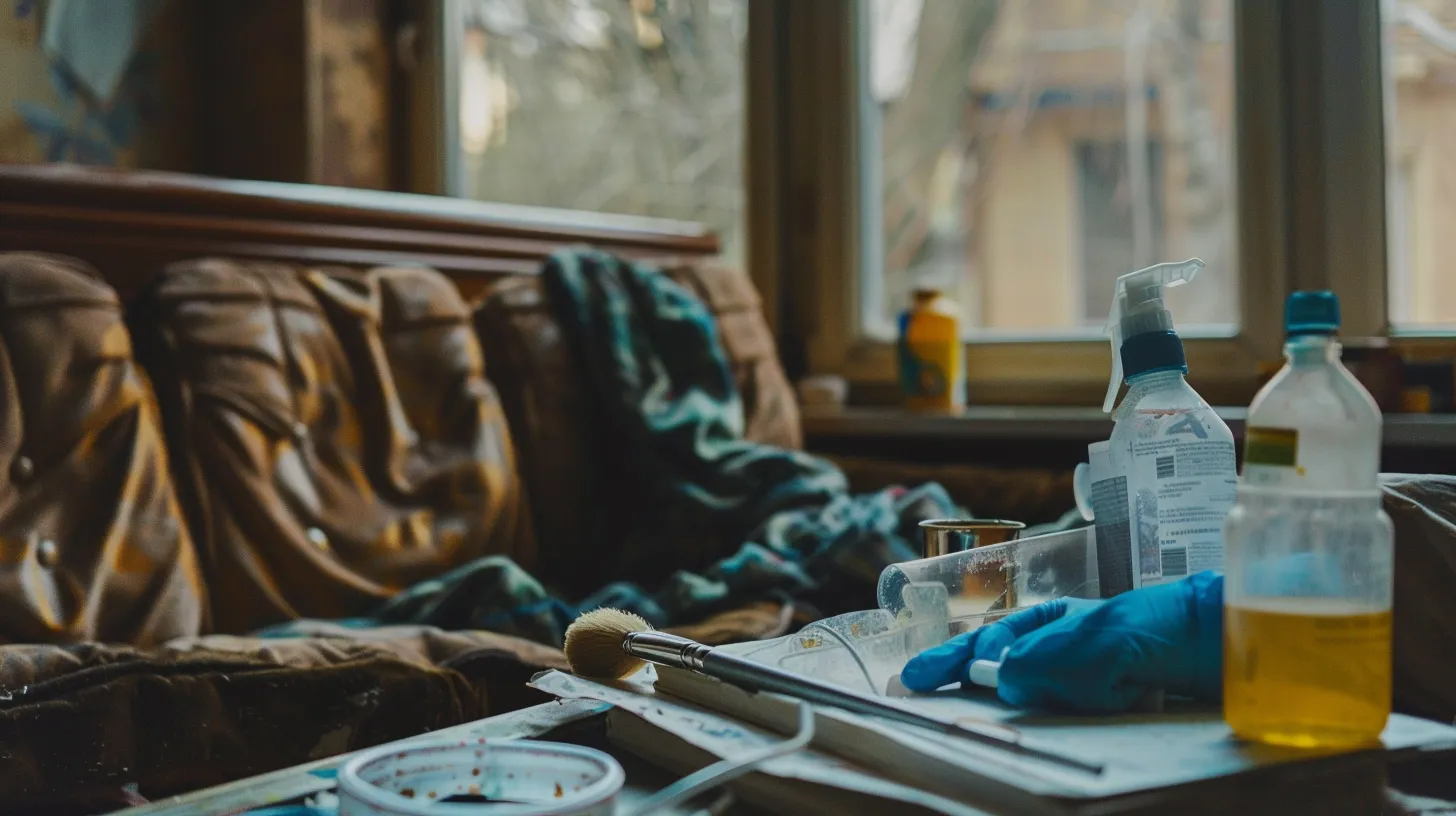
Understanding the different types of mold is crucial, but ensuring personal safety and effective preparation before beginning the cleaning process is equally important. To effectively clean and remove mold from fabric furniture, implementing safety measures is paramount. Wearing protective gear such as gloves, a mask or respirator, and clothing that covers your arms and legs protects you from harmful mold spores and cleaning chemicals.
Ensuring proper ventilation in your working area is crucial; doing so helps dissipate any fumes from the cleaning solution and aids in the drying process. It's advisable to work in a sunny spot if possible, although direct sunlight exposure will be discussed in a different context. Before applying any cleaning solution, use a vacuum equipped with a filter to remove visible mold spores from the fabric. This step minimizes the spread of mold during the cleaning process.
Additionally, testing the cleaning solution on a small, inconspicuous area of your fabric furniture is essential to ensure colorfastness and prevent potential damage. This precautionary step safeguards the aesthetic integrity of your furniture. Lastly, keeping children and pets away from the cleaning area is important to prevent their exposure to potentially harmful chemicals and mold spores.
Sunlight and Vacuuming Technique
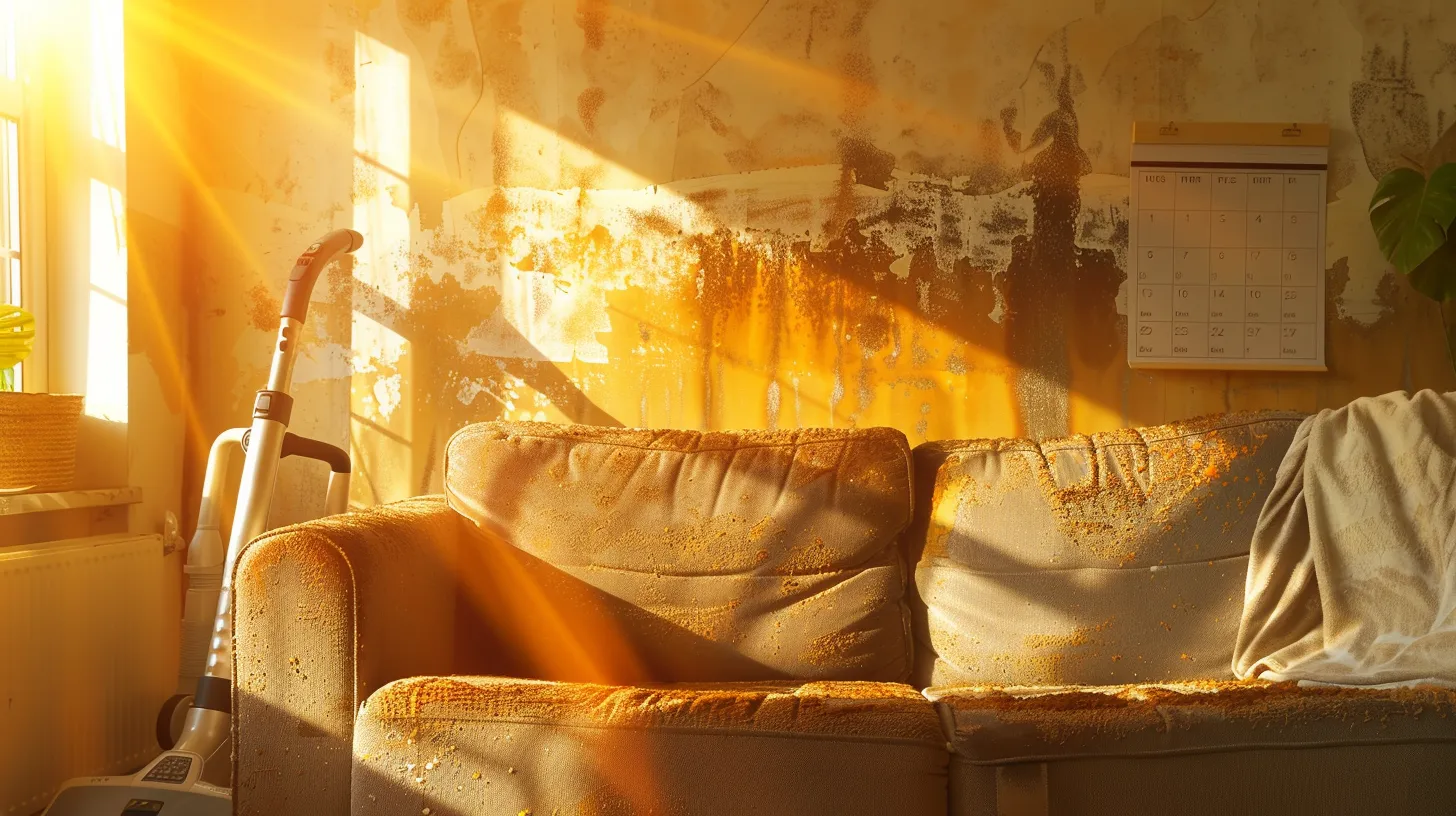
Harnessing the power of sunlight and employing a thorough vacuuming technique are pivotal steps in effectively removing mold stains from fabric furniture. The synergy of these methods not only aids in mold remediation but also prevents future occurrences, ensuring the longevity and cleanliness of your upholstery.
-
Sunlight Exposure : Place the fabric furniture in direct sunlight for several hours. This natural disinfectant helps kill mold spores and dries out the fabric, making it less hospitable for mold growth. The ultraviolet rays from the sun are a powerful ally in mold removal and prevention.
-
Pre-Vacuuming Preparation : Before vacuuming, ensure the furniture is dry and the mold is less likely to spread. This step is crucial for effective mold spore removal.
-
Vacuuming with Brush Attachment : Use a vacuum cleaner with a brush attachment to gently but thoroughly remove mold spores from the surface. The brush attachment helps in dislodging mold particles without damaging the fabric.
-
Regular Vacuuming Schedule : Establish a routine of vacuuming the fabric furniture regularly. This practice helps in preventing mold spores from becoming deeply embedded in the fabric and contributes to overall upholstery cleaning and maintenance.
Combining sunlight exposure with an effective vacuuming strategy offers a dual approach to keeping fabric furniture free from mold and its spores.
Natural Cleaning Solutions
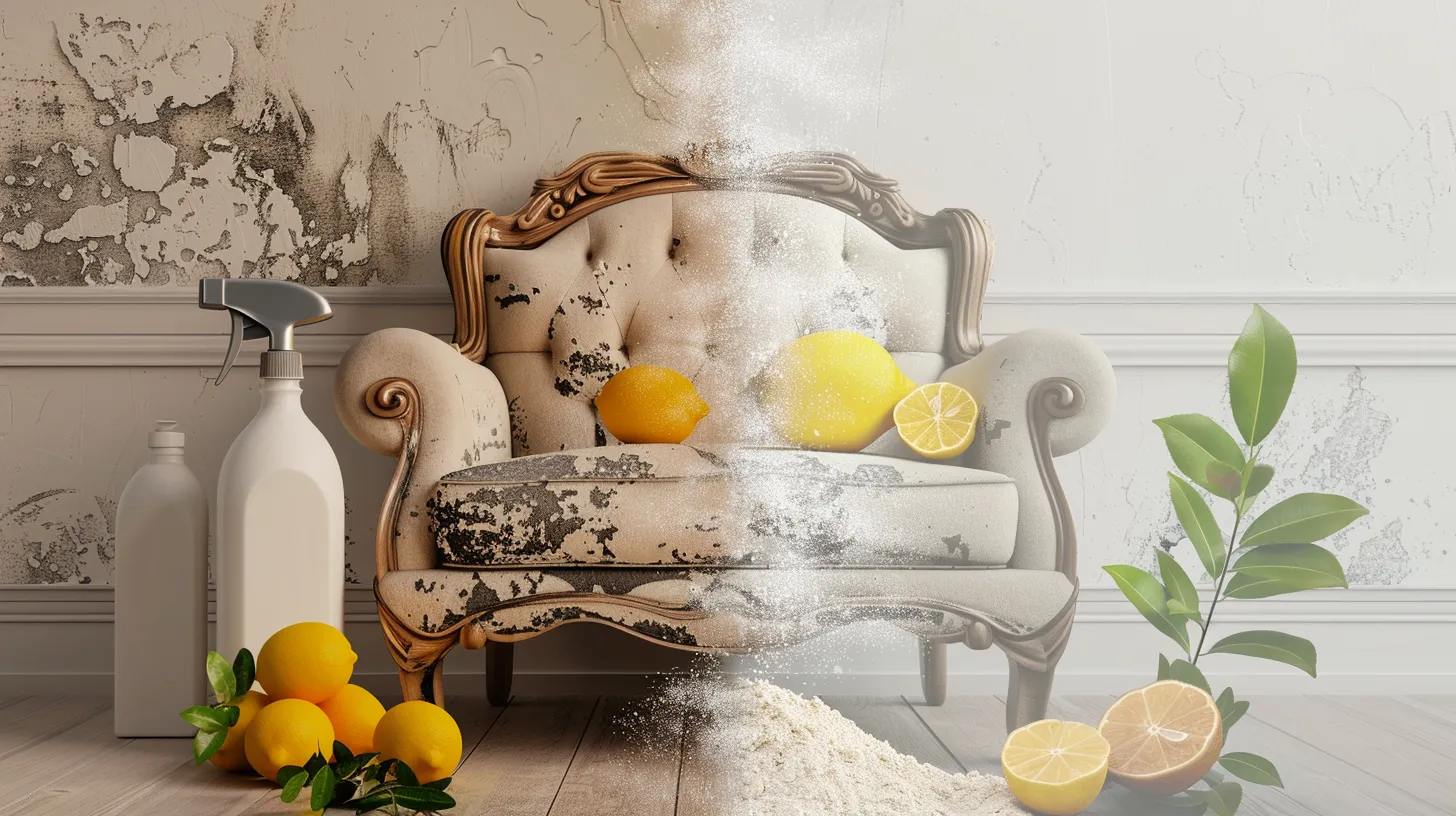
After exploring the benefits of sunlight and vacuuming for removing mold from fabric furniture, it's important to consider the role of natural cleaning solutions in this process. Among these, white vinegar stands out as the most effective natural solution for tackling mold stains on fabric furniture. Its acidic nature not only helps in removing mold but also prevents its future growth without damaging the fabric.
Lemon juice, another natural cleaner, provides a slightly less potent but still effective means of mold removal, offering a fresh scent as an added benefit. For tougher stains, a 3% hydrogen peroxide solution can be employed. This solution is particularly useful for its ability to break down mold at the molecular level, ensuring a thorough clean.
Both vinegar and hydrogen peroxide are heralded as safer alternatives to harsh chemicals like bleach, which can be damaging to both fabric furniture and the health of the household. These natural cleaning solutions are gentle on fabric, ensuring that the furniture remains unharmed while effectively removing mold stains. Their use not only supports a healthier living environment but also extends the life and beauty of fabric furniture by avoiding the harsh effects of chemical cleaners.
When to Seek Professional Help
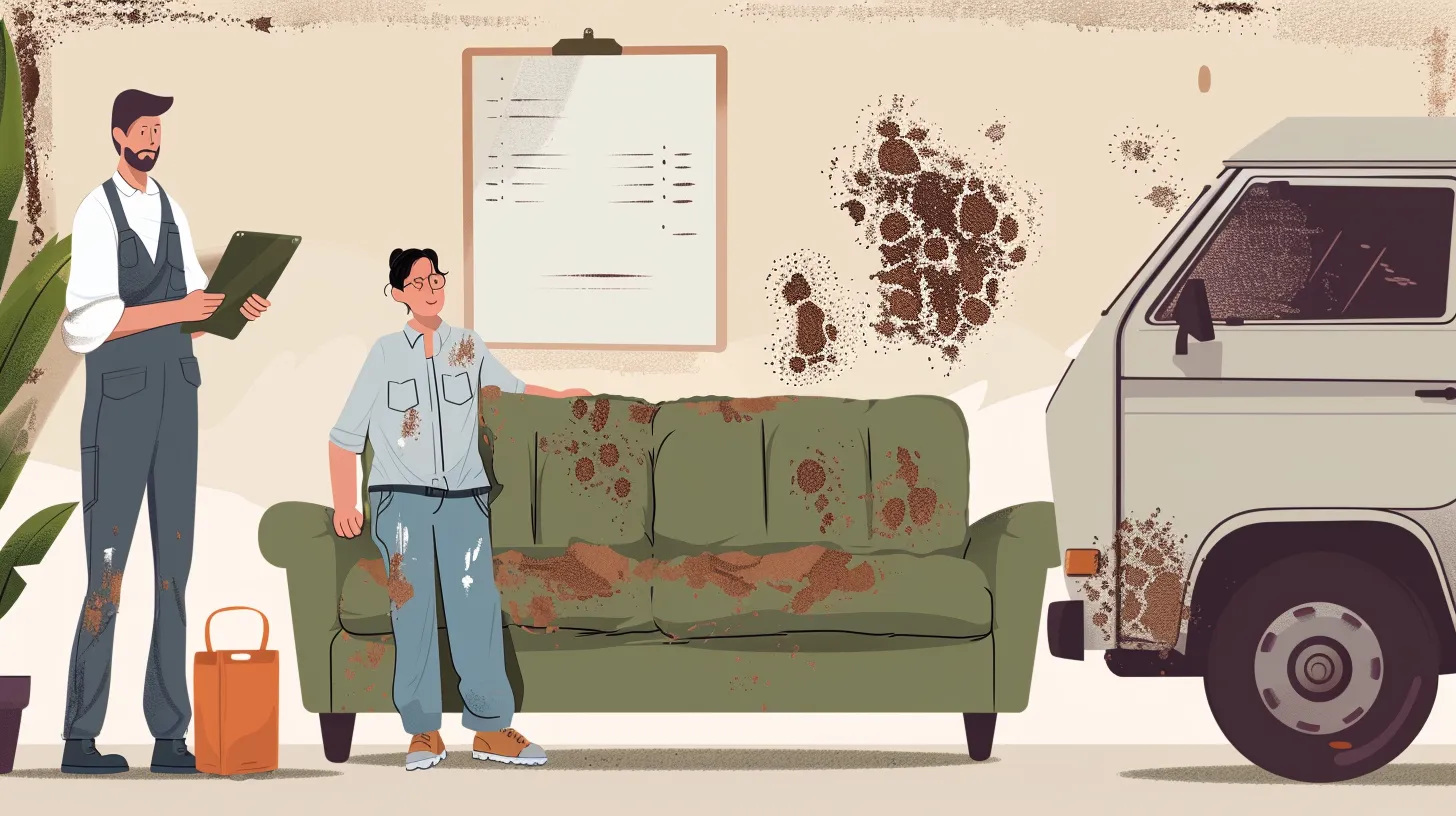
While DIY methods can be effective for removing mold from fabric furniture, certain situations necessitate the expertise of professional cleaning services. Not all mold removal cases are straightforward; some require a delicate touch or specialized knowledge to ensure the furniture is not only clean but also preserved. When it comes to fabric furniture, the balance between mold removal and fabric care is critical. Here are several scenarios when it's best to seek professional help:
-
Heavily Water-Damaged Furniture : Furniture that has been significantly water-damaged is often beyond the scope of home remedies. The risk of mold deep within the upholstery necessitates professional services.
-
Vintage or Valuable Furniture : Antique or very valuable pieces should be handled with care. Professionals can remove mold stains without compromising the integrity of delicate fabrics.
-
Use of Acidic Substances : DIY methods involving acidic substances like vinegar can damage certain types of fabric. Professionals have access to a wide range of safe, effective cleaning solutions.
-
Delicate Fabrics : Items made from silks, silk blends, or pure wool require the gentle, expert touch of a dry cleaner or mold removal specialist to prevent damage.
In these instances, professional help ensures that your fabric furniture is treated with the utmost care, preserving its beauty and longevity.










